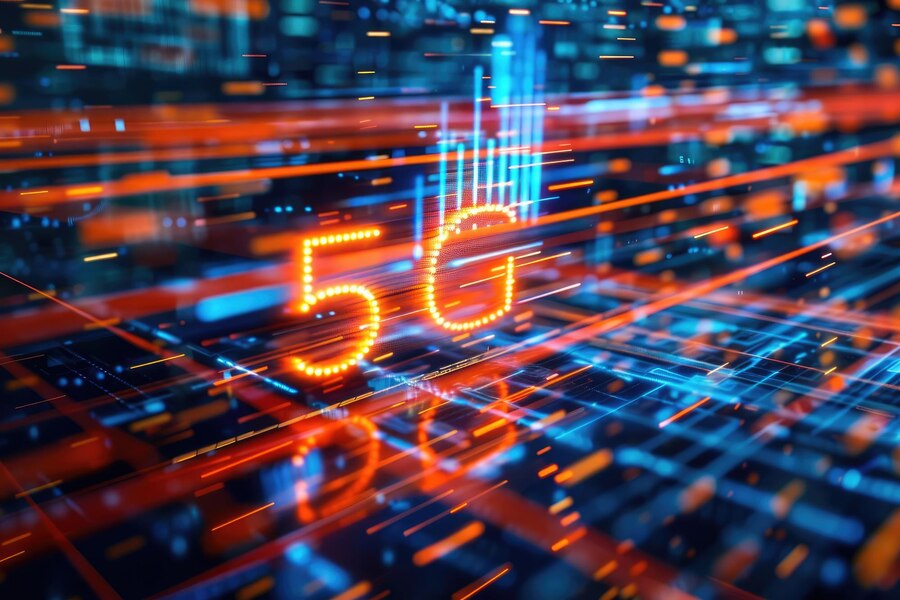Lately, a lot has been said about 5G, why this technology is needed and how it will change internet connectivity. Having once stood on both sides of the Australia’s National Broadband Network (NBN) being both an end-user, struggling to get a decent broadband connection for the better part of two decades, as well as being a representative of a technology company that has undergone the trials and subsequent efforts of migrating from ADSL to the new network, I find the concept of 5G a rather interesting one. But can it really out-compete NBN ? Now, let’s go through a deeper understanding and look at the NBN vs. 5G so that we can know what Australia has waiting for it.
What is the NBN?
The National Broadband Network, or NBN, is Australia’s state-owned internet network infrastructure. Its objective is to ensure everyone in Australia, including remote residents, has an unlimited and fast connection to the Internet. It is a combination of FTTx, fixed wireless, and satellite to deliver broadband internet services to NBN s consumers. This approach ensures that even the hard to reach areas are not left out when it comes to accessing connectivity.
NBN: The Pros and Cons
What is 5G?
5G is the fifth generation of mobile network technology. It’s designed to provide ultra-fast internet speeds, lower latency, and increased capacity compared to its predecessor, 4G. With 5G, it’s possible to download a full-length HD movie in seconds and enjoy smoother, more responsive online experiences.
5G: The Pros and Cons
NBN vs 5G: A Detailed Comparison
Now, let’s delve into the nitty-gritty of NBN vs 5G to see how they stack up against each other.
Speed and Performance
When it comes to speed, 5G is the clear winner. It promises to deliver speeds up to 20 times faster than current 4G networks and can even surpass some of the high-end NBN plans. However, the performance of NBN can vary depending on the type of connection. Fiber-to-the-premises (FTTP) connections can offer speeds comparable to 5G, but fixed wireless and satellite connections often fall short.
Coverage and Availability
Another advantage that NBN has over other broadband providers is that it operates with even broader coverage. It is to be extended to township andsuburban areas, as well as remote and rural regions of Australia. On the other hand, the 5g networks are only available in the many major cities and urban centres. This means that it will take some time for the broadband network of 5G to grow and offer universal service.
Reliability and Stability
Fiber connections under the NBN tend to be very stable, offering consistent speeds with minimal interruptions. In contrast, 5G can be affected by physical obstructions and network congestion. While 5G’s technology is advancing, it may not yet match the reliability of a well-established NBN connection.
Cost Considerations
NBN also has different packages which include basic services, and this means that users can subscribe according to their pocket and internet speed. On one hand, the carriers offer very enticing plans with high speed in 5G networks for quite cheap prices, but on the other hand, the price of the data packets can be very high if one is to consume a lot of data. However, another consideration that might be witnessed is that consumers may be forced to buy new devices that have been developed to suit the 5G technology thus increasing the costs.
Comparison Chart
Here’s a visual comparison of key aspects between NBN and 5G:
The Future of Internet in Australia
When it comes to the potential of this new generation of telecommunication technology, 5G, to support or replace NBN is a topic that gradually emerges. In the urban areas, this 5G could act as a better substitute to the NBN if only those who require ultra-fast speed and who are on the move. Nonetheless, in the rural and other scattered areas, the NBN achieves the maximum concentration so that everyone remains connected.
Integration of Technologies
It’s not necessarily a battle between NBN vs 5G. Instead, both technologies can coexist and complement each other. For instance, 5G can be used to provide high-speed internet in areas where laying fiber is impractical, while the NBN can serve as the backbone for reliable, fixed connections.
Key Takeaways
-
5G offers higher speeds and lower latency compared to most NBN plans, but its coverage is currently limited to urban areas.
-
The NBN provides widespread coverage, reaching rural and remote areas, with varying speeds depending on the connection type.
-
Both 5G and the NBN have their pros and cons, and they can complement each other to provide comprehensive internet solutions across Australia.
Conclusion
In conclusion, while 5G is poised to bring revolutionary changes to how we connect to the internet, it is unlikely to completely overpower the NBN in the near future. Each technology has its strengths and weaknesses, and the best choice depends on individual needs and circumstances. As technology progresses, we may see an even more integrated approach, leveraging the strengths of both 5G and the NBN to provide Australians with the best possible internet experience.
Stay tuned as we continue to explore the exciting developments in the world of nbn vs 5g. If you have any thoughts or experiences to share, feel free to drop a comment below. Let’s keep the conversation going!





